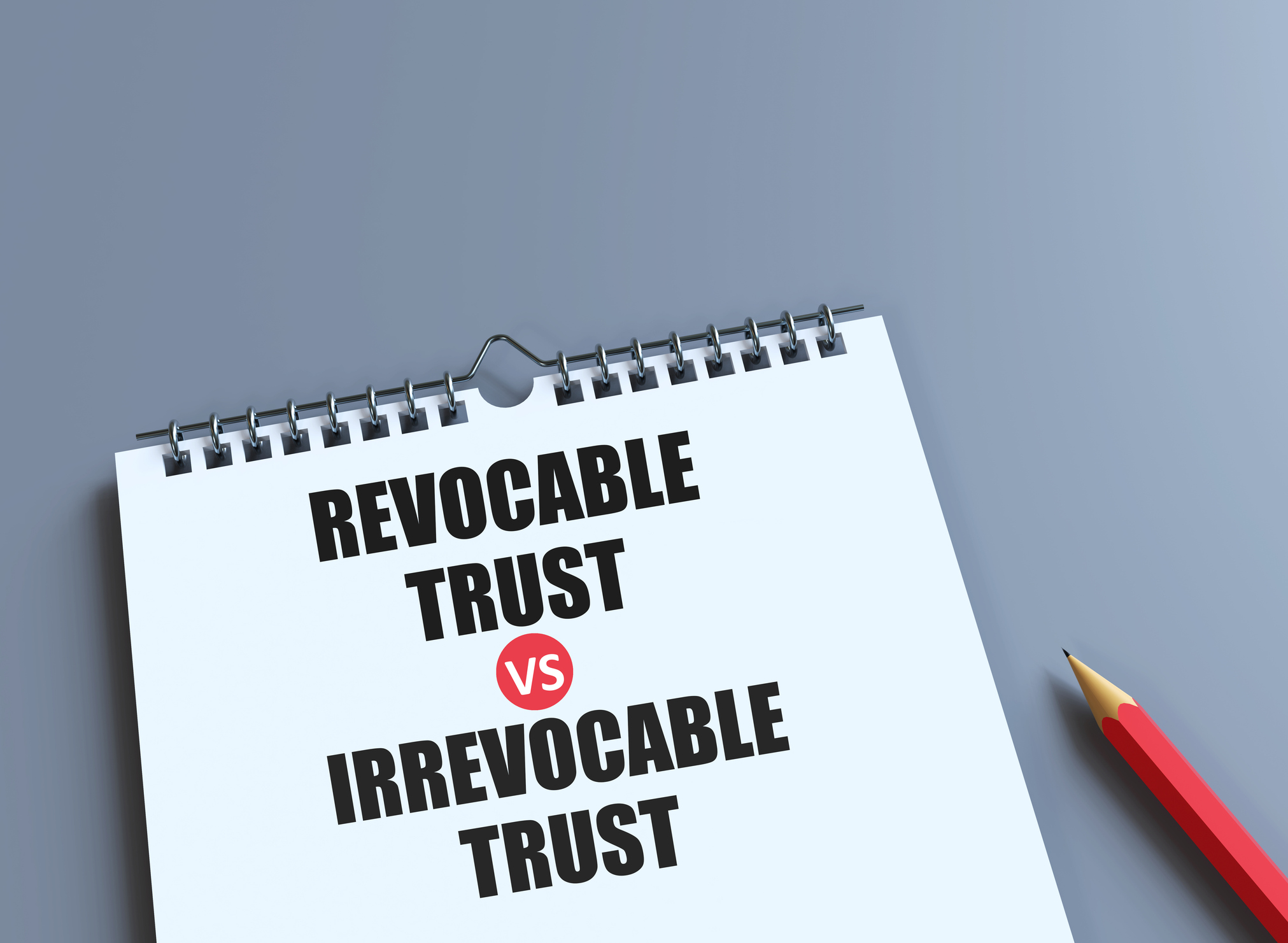No. 1: Late Start on Your Retirement Savings
Rebecca Edgar has lived through some tough times recently that have left her finances in shambles.

Rebecca Edgar has lived through some tough times recently that have left her finances in shambles. When her former husband lost his job a few years ago, they decided to sell their home in San Jose and use the $150,000 profit for living expenses. Now the money is gone and so is Edgar's ex.
| Row 0 - Cell 0 | Six Ways to Build Your Retirement Savings |
| Row 1 - Cell 0 | How Working Longer Adds Up |
| Row 2 - Cell 0 | The Cost to Crack Your Nest Egg |
A single mom with two young children at home and a son starting college, Edgar is starting over in San Diego. She receives no alimony or child support and has no savings. But she does have a plan, and she's pinning her hopes on a new business venture.
Edgar came up with the idea to publish a legal-information guide that's mailed to everyone who is arrested in San Diego and nearby counties. The guide is free, and it's a big hit with bail bondsmen and other local advertisers. Edgar expects profits of $15,000 per month.
From just $107.88 $24.99 for Kiplinger Personal Finance
Become a smarter, better informed investor. Subscribe from just $107.88 $24.99, plus get up to 4 Special Issues

Sign up for Kiplinger’s Free Newsletters
Profit and prosper with the best of expert advice on investing, taxes, retirement, personal finance and more - straight to your e-mail.
Profit and prosper with the best of expert advice - straight to your e-mail.
What should she do with this infusion of cash? We asked William Jordan, president of Sentinel Capital Management, in Laguna Hills, Cal., to come up with a financial plan for Edgar. Jordan recommended that she focus on three goals: paying off the $40,000 in credit-card debt she ran up in business expenses, creating an emergency fund, and setting up a retirement plan for her business that will let her make up for lost time while reducing her tax bill.
As a self-employed business owner, Edgar can establish a solo 401(k) plan or a SEP IRA and shelter up to $46,000 from taxes this year. Jordan also suggested that Edgar use strategies for employing her children part-time as a way of lowering her business taxes and shifting income to the kids.
For example, Edgar could hire William, 10, and Kathleen, 8, to perform age-appropriate tasks, such as cleaning the office or emptying trash. They can each earn up to $5,450 -- the standard deduction for 2008 -- tax-free. Any money their mother pays in wages reduces her taxable profit.
The strategy is even more valuable for Edgar's son Christopher, 18, a college freshman. He could conceivably earn $10,000 to $20,000 and pay little or no taxes, thanks to the $5,450 standard deduction, and up to $2,000 in educational tax credits for qualified college expenses (for which his mother's higher income might make her ineligible).
Edgar can put the money she saves toward her other goals, which include buying a house in a few years and paying for her children's college education. "I am the queen of procrastination," she says, but Jordan has "forced me to set priorities."
If Edgar follows through and invests her savings appropriately, says Jordan, "she should be on track to retire with more than $4,000 per month in spendable income by age 60."
NEXT: LACK OF FOCUSED STRATEGY
SEE ALL NEST-EGG WOES
No. 2: Lack of Focused Strategy
No. 4: Little Savings for Retirement
Profit and prosper with the best of Kiplinger's advice on investing, taxes, retirement, personal finance and much more. Delivered daily. Enter your email in the box and click Sign Me Up.

-
 3 Major Changes to the Charitable Deduction in 2026
3 Major Changes to the Charitable Deduction in 2026Tax Breaks About 144 million Americans may qualify for the 2026 universal charity deduction, while high earners face new IRS limits. Here's what to know.
-
 Where to Stash Cash as Yields Fall, According to Advisers
Where to Stash Cash as Yields Fall, According to AdvisersYour best options depend on how soon you'll need the money and your tolerance for risk.
-
 Control vs Protection Quiz: Which Trust Do You Need?
Control vs Protection Quiz: Which Trust Do You Need?Quiz Take this simple quiz to discover whether a revocable or irrevocable trust should be the cornerstone of your estate plan.
-
 457 Plan Contribution Limits for 2026
457 Plan Contribution Limits for 2026Retirement plans There are higher 457 plan contribution limits in 2026. That's good news for state and local government employees.
-
 Medicare Basics: 12 Things You Need to Know
Medicare Basics: 12 Things You Need to KnowMedicare There's Medicare Part A, Part B, Part D, Medigap plans, Medicare Advantage plans and so on. We sort out the confusion about signing up for Medicare — and much more.
-
 The Seven Worst Assets to Leave Your Kids or Grandkids
The Seven Worst Assets to Leave Your Kids or Grandkidsinheritance Leaving these assets to your loved ones may be more trouble than it’s worth. Here's how to avoid adding to their grief after you're gone.
-
 SEP IRA Contribution Limits for 2026
SEP IRA Contribution Limits for 2026SEP IRA A good option for small business owners, SEP IRAs allow individual annual contributions of as much as $70,000 in 2025, and up to $72,000 in 2026.
-
 Roth IRA Contribution Limits for 2026
Roth IRA Contribution Limits for 2026Roth IRAs Roth IRAs allow you to save for retirement with after-tax dollars while you're working, and then withdraw those contributions and earnings tax-free when you retire. Here's a look at 2026 limits and income-based phaseouts.
-
 SIMPLE IRA Contribution Limits for 2026
SIMPLE IRA Contribution Limits for 2026simple IRA For 2026, the SIMPLE IRA contribution limit rises to $17,000, with a $4,000 catch-up for those 50 and over, totaling $21,000.
-
 457 Contribution Limits for 2024
457 Contribution Limits for 2024retirement plans State and local government workers can contribute more to their 457 plans in 2024 than in 2023.
-
 Roth 401(k) Contribution Limits for 2026
Roth 401(k) Contribution Limits for 2026retirement plans The Roth 401(k) contribution limit for 2026 has increased, and workers who are 50 and older can save even more.